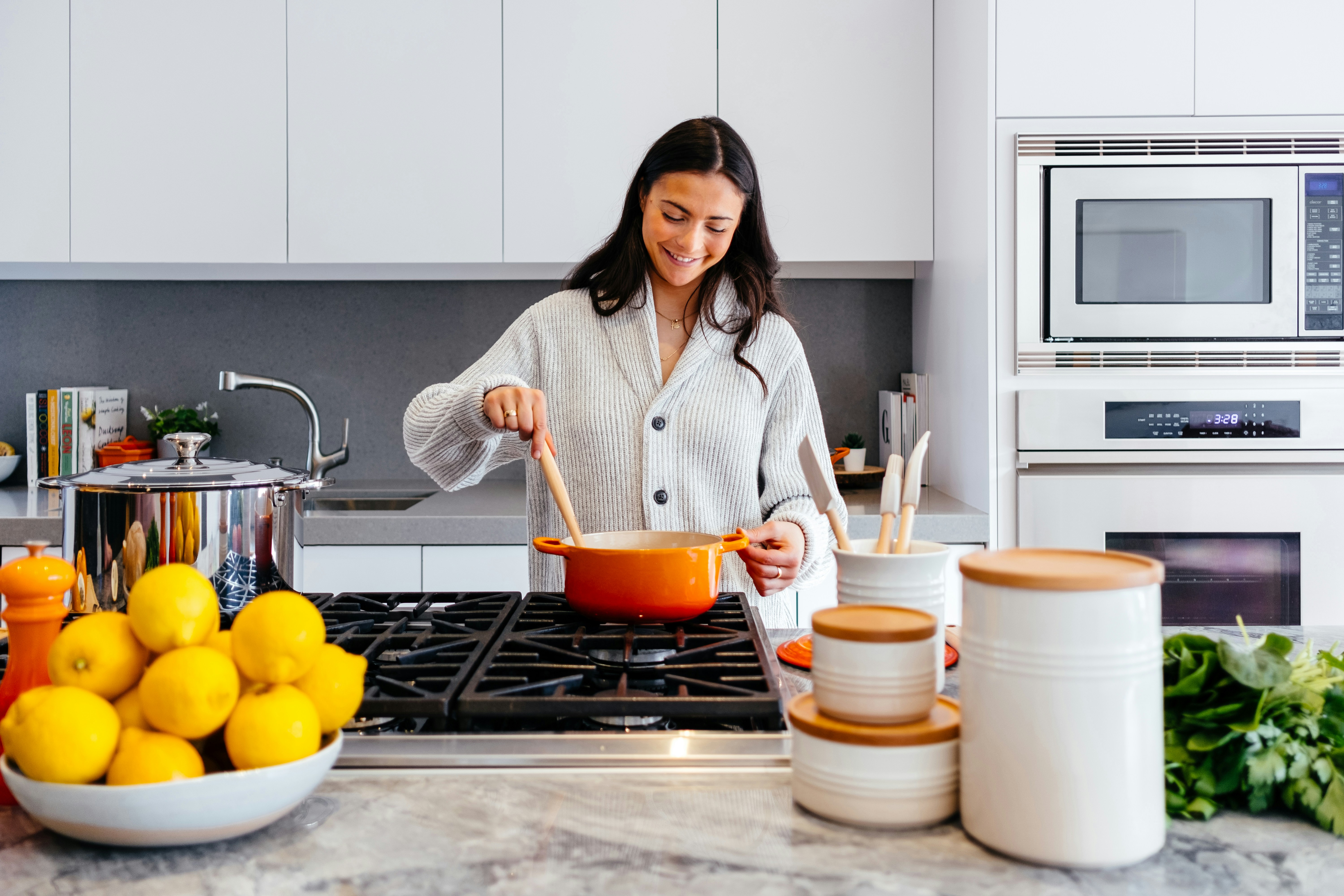When it comes to losing weight, one of the first things people consider changing is their eating habits. A global survey on weight loss tactics revealed that 4 out of 10 people alter their diets to be healthier. Among many things, this includes refraining from eating outside. Over the years, there has been a growing awareness of how regularly consuming processed food can significantly increase the chances of developing diseases and obesity.
These concerning rates have urged many dieters to cook their meals at home. This allows them to incorporate their healthy takes and saves them a lot on expenses. However, those new to cooking and healthy weight loss might unintentionally commit food preparation mistakes that hinder progress.
Below, we’ve compiled four home cooking mistakes best avoided on your weight loss journey.
Using too much salt
Salt is a key component of all dishes and is heavily emphasized in cooking shows and recipes, with the phrase “seasoning to taste” considered an important part of the cooking process. However, while salt intensifies flavors, too much can negatively impact health. The American Heart Association recommends less than 1,500 mg of sodium daily because anything more can lead to health conditions and weight gain. This is because high-salt diets are known to retain higher body fat. So when cooking for weight loss, it’s recommended to substitute salt with other flavor additives, such as vinegar for tanginess or garlic powder for umami. Using these instead of excess salt prevents any sodium build-up and livens up your dishes, so you’re more likely to stick with them and feel satisfied.
Adding too much oil
Speaking of high-fat foods, using uncontrolled amounts of oil when preparing your food contradicts your weight loss goals. Cooking oil is essentially liquified fat, and it is high in calories. Though it’s essential in creating most dishes, moderation is advised. Research on the relationship between oil consumption levels and diseases has linked high oil intake to a higher body mass index (BMI). BMIs rates indicate if an individual is overweight.
To combat this, experts recommend using virgin olive oil, one of the healthier oils, and measuring with a tablespoon rather than “eye-balling” what you need. This lessens the risk of overpouring and adding unnecessary fat. Alternatively, you can experiment with low-fat cooking methods like boiling, baking, grilling, or air frying.
Overcooking veggies
Besides measuring your ingredients, the way you prepare them also matters. Vegetables should be cooked in a certain way to be considered beneficial for weight loss. It’s a common misconception that as long as we eat our greens, regardless of their preparation, they’ll keep us healthy.
On the contrary, overcooking veggies reduces the nutrients that could help break down fat. Instead of frying them in oil, try steaming your vegetables, as this is the most effective method for keeping the highest amount of vitamins and nutrients. Avoid drenching them in processed dressings as well.
Overlooking sauces
Many home cooks don’t dedicate that much time to thinking of their garnishes. It’s the last step in preparing a meal, and most of the focus goes into the earlier stages of cooking. There’s a tendency to resort to store-bought dressings and sauces at the last minute to accompany the main dish.
People don’t realize these seemingly innocent sauces contain high sodium levels and processed sweeteners. By dismissing these, people unwittingly add high amounts of calories to their meticulously prepared food. Instead, you can make your sauce, such as a chili-garlic, with ingredients you already have. By not neglecting your spices and planning each part of your meal, you can ensure you’re well on your way to achieving your weight loss goals.



